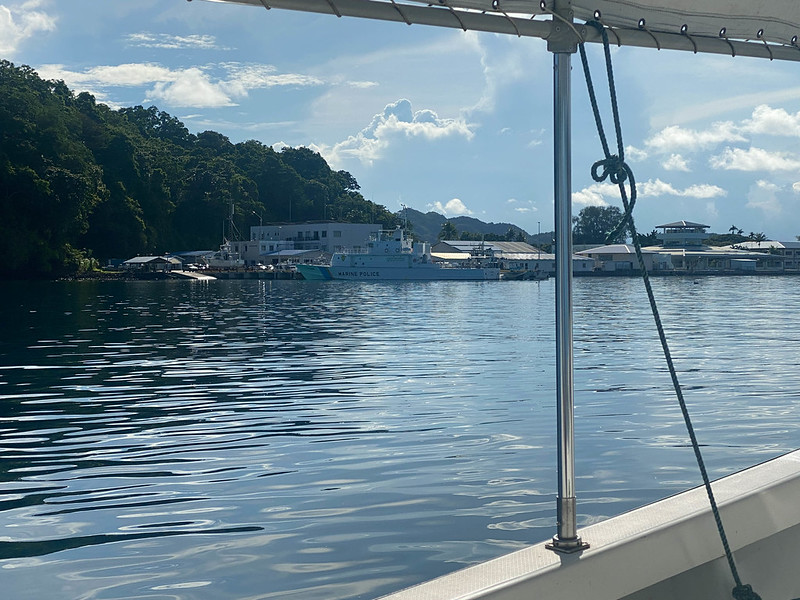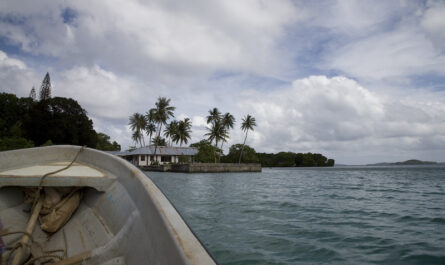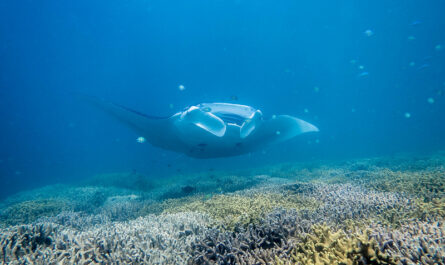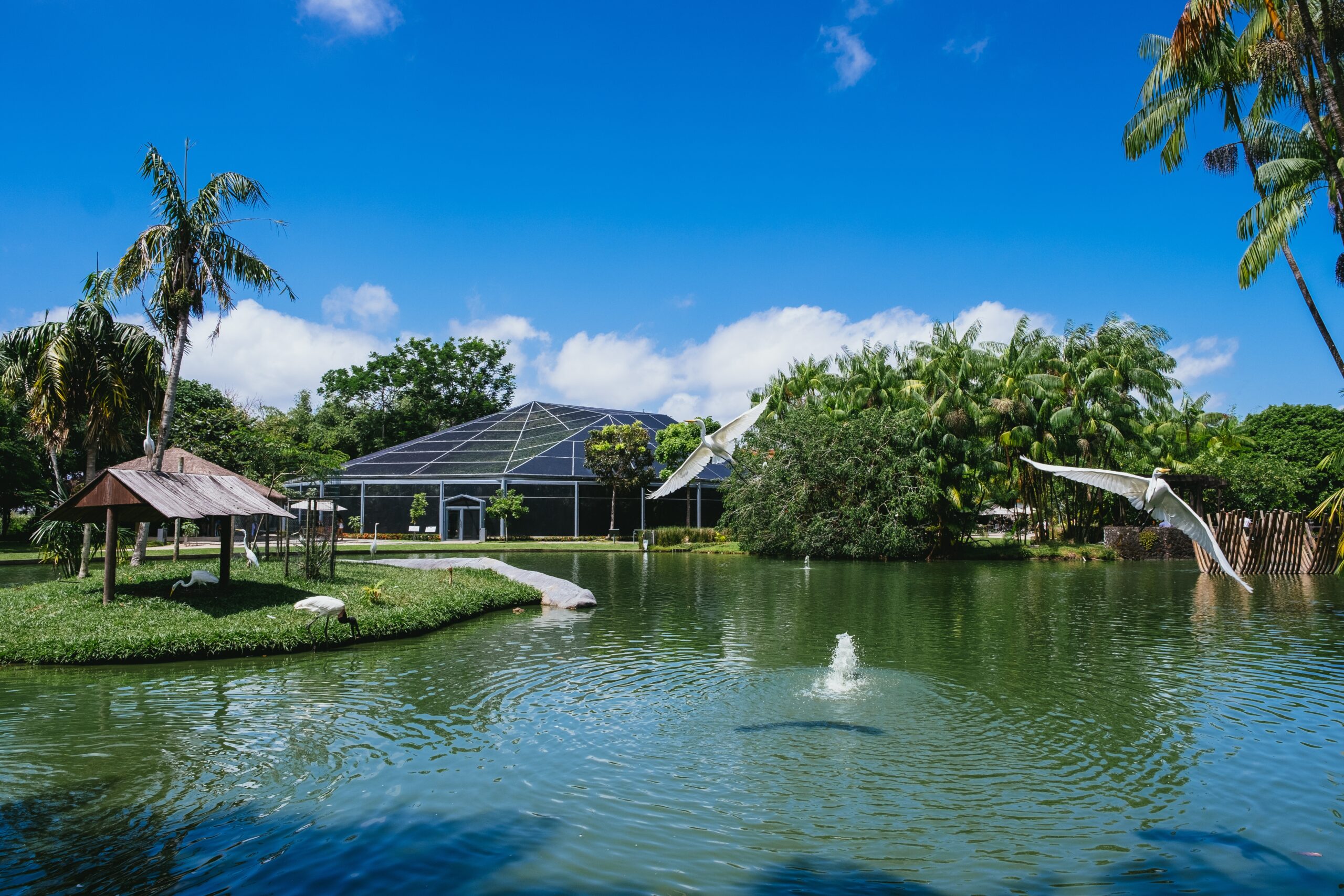Koror, the bustling heart of Palau, is a gateway to some of the most pristine natural environments in the Pacific. Surrounded by turquoise waters, lush islands, and vibrant coral reefs, Koror exemplifies the delicate balance between tourism and environmental preservation. As the main economic and cultural hub of Palau, it attracts eco-tourists from around the globe who seek sustainable adventures while immersing themselves in the beauty of nature.
In this article, we’ll explore the eco-tourism opportunities in Koror, highlight the initiatives promoting sustainability, and delve into the challenges of balancing tourism with environmental conservation.
1. Koror: An Overview
Koror serves as the de facto capital of Palau and is the most populous state in this Pacific archipelago. It comprises the larger island of Koror and several smaller islands, all interconnected by bridges and surrounded by crystal-clear lagoons.
Gateway to Natural Wonders
Koror is the starting point for many eco-tourism adventures, thanks to its proximity to iconic destinations such as the Rock Islands, Jellyfish Lake, and Palau’s marine sanctuaries. Its strategic location makes it an ideal base for eco-tourists looking to explore the natural treasures of Palau.
Cultural Significance
While Koror is best known for its natural beauty, it also boasts a rich cultural heritage. Traditional practices, architecture, and art are integral to life in Koror, providing visitors with a well-rounded experience of Palauan culture.
2. Eco-Tourism in Koror: Top Adventures
Koror offers a plethora of eco-tourism activities that cater to adventure seekers, nature lovers, and conservation enthusiasts. These activities allow visitors to experience the region’s unparalleled biodiversity while respecting its fragile ecosystems.
Exploring the Rock Islands
The Rock Islands are a UNESCO World Heritage Site and one of Koror’s most famous attractions. These 445 limestone islands are covered in lush vegetation and surrounded by azure waters teeming with marine life.
- Kayaking: Paddle through narrow channels and hidden lagoons, marveling at the unique mushroom-shaped islands.
- Snorkeling and Diving: Discover vibrant coral reefs, colorful fish, and underwater caves that make the Rock Islands a diver’s paradise.
Jellyfish Lake
Located on Eil Malk Island, Jellyfish Lake is a must-visit for eco-tourists. Home to millions of harmless golden jellyfish, this marine lake offers a surreal snorkeling experience.
- Sustainability Note: Visitors are encouraged to follow strict guidelines to protect the lake’s delicate ecosystem, such as avoiding sunscreen and respecting the jellyfish.
Ngemelis Wall
Ngemelis Wall, often referred to as the “Big Drop-Off,” is one of the most spectacular dive sites in the world. This underwater cliff is home to a plethora of marine species, from sharks and rays to colorful coral formations.
Long Beach
Long Beach is a natural sandbar that emerges during low tide, offering a unique opportunity to walk along a path surrounded by clear waters. It’s a perfect spot for eco-tourists to relax while enjoying the beauty of the ocean.
3. Cultural Experiences in Koror
Eco-tourism in Koror is not just about nature; it also encompasses cultural immersion. Visitors can learn about Palau’s traditions, history, and way of life through various activities and attractions.
Bai (Traditional Meeting Houses)
Koror is home to beautifully preserved bai, traditional Palauan meeting houses adorned with intricate carvings. These structures serve as symbols of community and cultural heritage.
Etpison Museum
The Etpison Museum in Koror showcases artifacts, photographs, and exhibits that provide insights into Palau’s history, culture, and natural environment.
Traditional Weaving and Crafts
Visitors can participate in workshops to learn traditional Palauan weaving techniques, creating baskets, mats, and other handicrafts from natural materials.
4. Sustainability in Eco-Tourism
Koror’s eco-tourism industry is deeply rooted in sustainability. The local government, communities, and businesses have implemented initiatives to minimize the environmental impact of tourism and preserve Palau’s natural beauty.
Palau Pledge
Every visitor to Palau is required to sign the Palau Pledge, a groundbreaking initiative that commits travelers to respecting the environment and practicing sustainable tourism. The pledge is stamped in each visitor’s passport and serves as a reminder of their responsibility to protect Palau’s ecosystems.
Marine Protected Areas (MPAs)
Koror and the surrounding waters are part of an extensive network of MPAs designed to conserve marine biodiversity. These areas restrict fishing and other activities that could harm the environment, ensuring the long-term health of marine ecosystems.
Eco-Friendly Tourism Operators
Many tour operators in Koror follow eco-friendly practices, such as using non-motorized boats, reducing plastic waste, and educating tourists about conservation.
5. Challenges in Balancing Tourism and Conservation
While eco-tourism brings economic benefits and raises awareness about conservation, it also poses challenges for Koror.
Over-Tourism
The growing popularity of Koror as a tourist destination can strain its natural resources and infrastructure. Overcrowding at popular sites like Jellyfish Lake and the Rock Islands can lead to habitat degradation.
Climate Change
Rising sea temperatures and coral bleaching threaten Palau’s marine ecosystems, making it imperative to adopt adaptive measures to protect these habitats.
Community Involvement
Balancing tourism and conservation requires the active involvement of local communities. Ensuring that tourism benefits locals while respecting their traditions is crucial for sustainable development.
6. How Visitors Can Contribute to Sustainability
Eco-tourists play a vital role in preserving Koror’s natural and cultural heritage. By adopting responsible practices, visitors can help ensure the sustainability of this paradise.
Choose Eco-Friendly Tours
Select tour operators that prioritize environmental conservation and follow sustainable practices.
Follow Guidelines
Respect all rules and guidelines at eco-tourism sites, such as refraining from touching coral reefs or wildlife and avoiding the use of harmful chemicals like sunscreen.
Support Local Businesses
Purchase locally made crafts, dine at local restaurants, and participate in community-led activities to contribute to the local economy.
Reduce Waste
Bring reusable items like water bottles, straws, and bags to minimize plastic waste during your visit.
7. Why Koror Matters to Global Conservation
Koror’s eco-tourism model serves as a global example of how tourism can coexist with environmental conservation. The lessons learned here are applicable to other destinations striving to balance economic growth with ecological preservation.
A Model for Sustainable Tourism
The initiatives implemented in Koror, such as the Palau Pledge and MPAs, demonstrate the potential of community-led conservation efforts in protecting fragile ecosystems.
Biodiversity Hotspot
As a biodiversity hotspot, Koror plays a critical role in the health of the Pacific Ocean. Protecting its marine life has far-reaching implications for global environmental stability.
Conclusion: A Paradise Worth Protecting
Koror offers a unique blend of natural beauty, cultural richness, and sustainable tourism practices. From exploring the Rock Islands to snorkeling in Jellyfish Lake, eco-tourism adventures in Koror provide unforgettable experiences while highlighting the importance of conservation.
As visitors, it is our responsibility to ensure that our presence contributes positively to this paradise. By embracing sustainable practices, respecting local traditions, and supporting conservation efforts, we can help preserve Koror’s wonders for generations to come.
Whether you’re a diver exploring the depths of Ngemelis Wall, a kayaker navigating hidden lagoons, or a cultural enthusiast learning about Palauan traditions, Koror offers an enriching journey that combines adventure with a deeper understanding of our planet’s natural and cultural treasures.



